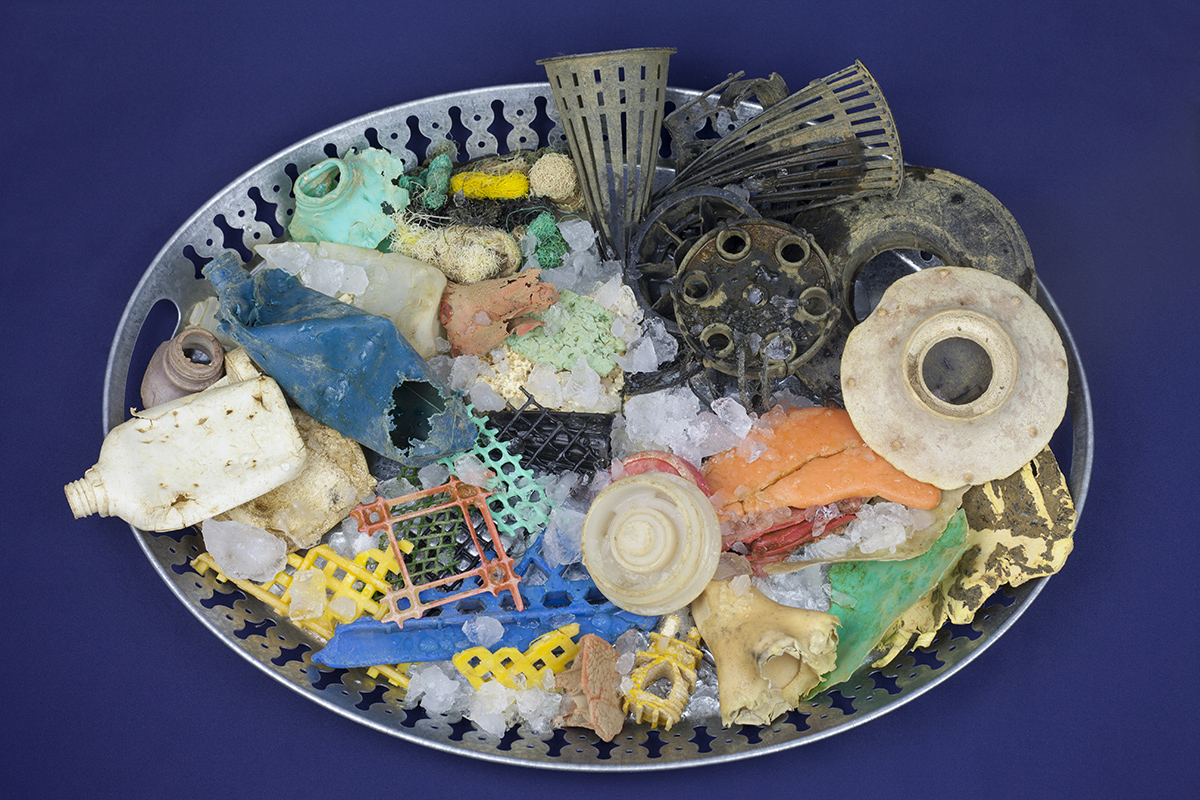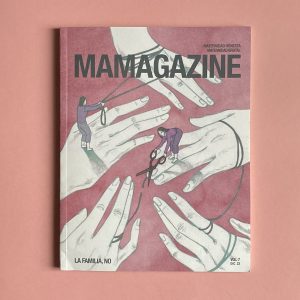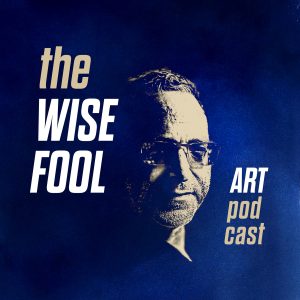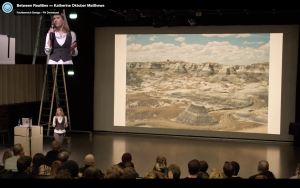"Art may not be as important as food or rent-money at some points in our lives, but if the only people making art are the people who can afford to spend time and money on it, we will have a very limited and warped view of the world."—Katherine Oktober Matthews (MaMagazine, 2023)

Interview with Katherine Oktober Matthews on TEDxAmsterdam
Ocean Cleanup Inspires Art
On the stage of TEDxDelft in 2012, Boyan Slat, then a 17-year-old, presented his idea on how to clean plastic from the oceans. His TEDx Talk generated so much interest that it went viral. Many people were inspired and offered to help, but then Boyan encountered what inventors often face: the critics.
A recently published feasibility study tells a different story. It turns out, the great ocean cleanup can be done, and soon! Inspired by these results, American artist and TEDxAmsterdam volunteer Katherine Oktober Matthews and executive chef Aaron Tighe created a photography project called “The Ocean Cleanup: Fruits de Mer” to help spread the word.
Brenda N. Smeenge spoke with Katherine Oktober Matthews about The Ocean Cleanup and the way it inspired her work.
BNS: You said that you have followed The Ocean Cleanup’s progress ever since Boyan presented his idea at TEDxDelft. Of all the environmental issues we face, why was his idea in particular so inspiring to you, that you wanted to act on it yourself?
KOM: I had heard about the Great Pacific Garbage Patch before, one of the five gyres where an overwhelming amount of plastic has ended up in the ocean. I was horrified by it, as with so many environmental issues we face nowadays. It also felt like it was way too big to handle. What could I do about it? In fact, what could anyone do about it?
But when I saw Boyan’s TEDxDelft talk, I was incredibly impressed with his proposal for a solution. Like most great ideas, it was so simple: why move through the oceans, if the oceans can move through you? Instead of chasing the plastic in boats, he said, we could use the ocean current to bring the plastic to us. The elegance of his proposal made complete sense to me. Most importantly though, his idea wasn’t just idealistic, it also seemed achievable!
In June this year, I saw the follow-up talk that he gave in New York, presenting the results of the feasibility study of his idea. In short, it can indeed be done! He announced a crowdsourcing campaign to raise the money to be able to take his solution into the implementation phase. This time, I instantly felt compelled to do more than observe and donate. I could help to spread the word through my art, before the fundraiser deadline of September 12, 2014.
BNS: You didn’t think his message, ’let’s clean up our oceans’, was clear enough?
KOM: Well, it sounds like it would be, but you cannot reach everybody with one message. And even if a message is clear, the sense of urgency is not always portrayed. You can’t force somebody to care either. Instead, you have to appeal to them in different ways, some people with beauty, or some with humor, so they’re open to your message.
So, the photo project is for me a medium of packaging an important message in a different way. It’s a way to appeal to a different audience, so that the support for cleaning up the ocean is as broadly spread as possible. The work that The Ocean Cleanup is doing is the most important thing.
BNS: Where did your idea of culinary photo-art come from? And why did you choose that as the packaging to wrap the Ocean Cleanup message?
KOM: Photography hits people immediately, viscerally. It appeals to the gut in a way that all the beautiful words in the world cannot. And one thing that everyone in the world does, is eat. I don’t know where the specific idea for the plastic fish dishes came from. That’s just the mysterious beauty of ideas.
It felt like the right way to bring a problem that can seem so far away (plastics swirling in oceans unseen to most of us, so, not our problem), right in front of our eyes. Showing people a tasty meal that they would like to eat, but can’t, because plastic has replaced the fish, makes the problem immediate and apparent. It illustrates the more general problem of all the tons of plastic in the ocean. At least, that’s what I hope the series will do.
BNS: Where did your idea of culinary photo-art come from? And why did you choose that as the packaging to wrap the Ocean Cleanup message?
KOM: Photography hits people immediately, viscerally. It appeals to the gut in a way that all the beautiful words in the world cannot. And one thing that everyone in the world does, is eat. I don’t know where the specific idea for the plastic fish dishes came from. That’s just the mysterious beauty of ideas.
It felt like the right way to bring a problem that can seem so far away (plastics swirling in oceans unseen to most of us, so, not our problem), right in front of our eyes. Showing people a tasty meal that they would like to eat, but can’t, because plastic has replaced the fish, makes the problem immediate and apparent. It illustrates the more general problem of all the tons of plastic in the ocean. At least, that’s what I hope the series will do.
The millions of tons of plastic floating around in our oceans have ecological and economical effects, as well as presenting a number of health hazards. The plastic absorbs toxic chemicals, including PCBs and DDT. As sea creatures consume the plastic, mistaking it for food, it enters our food chain, causing negative health effects including cancer. If we have not been aware of that abstract message within the fresh fish on our plates, Katherine Oktober Matthews has now made it quite apparent.
But, not to worry, this environmental problem can be solved. In the near future even! How? By doing it together! Once only an idea on the TEDxDelft stage, The Ocean Cleanup is now a reality. An idea worth acting on. Have a look at Ocean Cleanup before September 12; so we can all enjoy a healthier future! As of the publication of this post, the project was 87% of the way towards meeting its fundraising goal.
This interview was published on TEDxAmsterdam.



